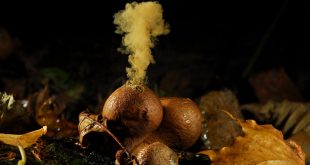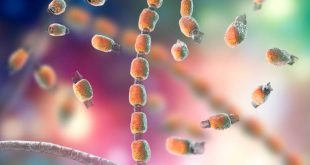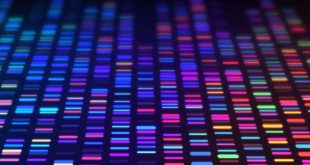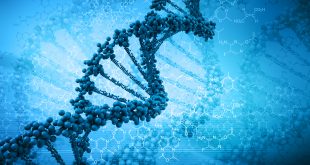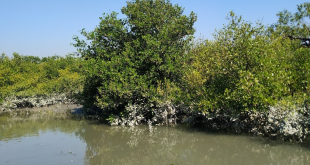Fungi are microscopic/macroscopic eukaryotic and heterotrophic organisms exhibiting growth on various natural and synthetic substrates and are capable of continuing their function almost indefinitely. Unlike other microorganisms such as algae, fungi lack the chlorophyll necessary for photosynthesis and must therefore live as parasites or saprobes. About 80 000 to 1,20,000 …
Read More »Fungi: Asexual Reproduction & Reproductive Structures
The fungi constitute a group of living organisms devoid of chlorophyll. They resemble simple plants in that, with few exceptions, they have definite cell walls, they are usually nonmotile, although they may have motile reproductive cells, and they reproduce by means of spores. A spore (Gr. spora = seed, spore) …
Read More »Malthus’ Law & How It Catalyzed Darwin’s Thought
Five years with nature aboard, the Beagle destroyed Darwin’s faith in the fixity of species. In July, 1837, shortly after the voyage, he started his first notebook on “transmutation.” Already convinced that evolution had occurred, Darwin sought a theory to explain its mechanism. After much preliminary speculation and a few …
Read More »Restriction Enzymes: An Introduction to Biological Knives
The first step in sequencing a genome is to divide the individual chromosomes (in eukaryotes) or whole DNA (in prokaryotes) in an ordered manner into smaller and smaller pieces that ultimately can be sequenced. That is, one begins by creating a genomic library of fragmented DNA parts. However, at some …
Read More »Organization of Nuclear DNA in Eukaryotes
Each eukaryotic nucleus encloses a fixed number of chromosomes which contain the nuclear DNA. During most of a cell’s life, its chromosomes exist in a highly extended linear form. Prior to cell division, however, they condense into much more compact bodies which can be examined microscopically after staining. The duplication …
Read More »Genome Structure in Viruses & Prokaryotes
The genomes of viruses and prokaryotes are very simple structures, although those of viruses show remarkable diversity (for a review see Dimmock et al. 2001). Most viruses have a single linear or circular genome but a few, such as reoviruses, bacteriophage φ6 and some plant viruses, have segmented RNA genomes. …
Read More »DNA Reassociation Kinetics & Sequence Complexity
When double-stranded DNA in solution is heated, it denatures (‘melts’) releasing the complementary single strands. If the solution is cooled quickly the DNA remains in a single-stranded state. However, if the solution is cooled slowly reassociation/reannealing i. e. spontaneous realignment of two single DNA strands to re-form a DNA double …
Read More »Halophytes: Salient Features, Adaptations & Classification
Plants which grow and complete their life cycle in habitats with a high salt content are called salt plants or halophytes. Usually that term is reserved only for plants which appear in salty habitats constantly and specifically. Plants occupying only local nonsalty ecological niches in an overall saline environment, or …
Read More »Salinity: Sources, Cycles & Classification
Over four-fifths of the surface of our planet is covered with a salt solution (oceans & seas) containing, among many other constituents, approximately 0.5M NaCl. Still, only very few groups of higher plants can withstand such conditions. Most terrestrial species are unable to tolerate even one-tenth of the salt concentration …
Read More »Classification of Bacteria
We all agree that classification and taxonomy of organisms are desirable and necessary in cases of biological work. But, there is much disagreement as to the best method of classifying and naming living things. The zoologists and the botanists have arranged matters in their fields fairly satisfactorily, largely on the …
Read More » Plantlet The Blogging Platform of Department of Botany, University of Dhaka
Plantlet The Blogging Platform of Department of Botany, University of Dhaka
